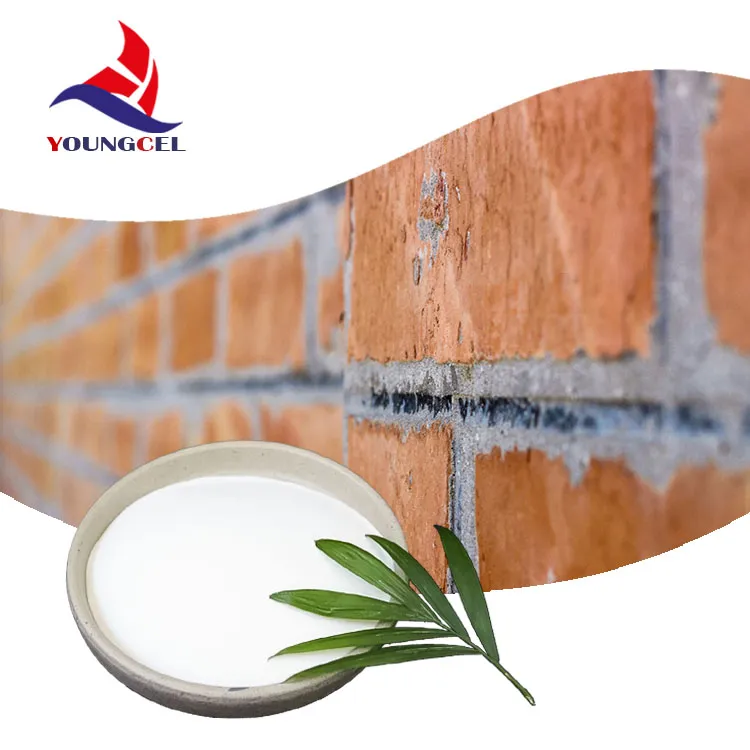Understanding Cellulose Ethers Properties and Applications
Cellulose ethers are a group of cellulose derivatives formed by the chemical modification of cellulose. As a natural polymer obtained from the cell walls of plants, cellulose serves as the parent compound in producing various ethers, which have found numerous applications across different industries due to their unique properties. The growing demand for sustainable materials and the applications of cellulose ethers in various sectors make them an exciting topic of discussion.
What Are Cellulose Ethers?
Cellulose ethers are derived from cellulose through the process of etherification, where hydroxyl groups of cellulose are replaced by alkyl or aryl groups. This modification enhances the solubility and functionality of cellulose, granting it properties such as improved viscosity and the ability to form gels. Common types of cellulose ethers include methylcellulose (MC), ethylcellulose (EC), hydroxypropyl methylcellulose (HPMC), and carboxymethyl cellulose (CMC), each differing in their functional groups and resulting characteristics.
Properties of Cellulose Ethers
One of the most notable properties of cellulose ethers is their ability to dissolve in water and form viscous solutions or gels. This solubility is influenced by factors such as the type and degree of substitution of the cellulose, as well as the presence of temperature and pH changes.
Methylcellulose, for instance, is not only soluble in cold water but also forms a gel upon heating, making it useful in various food and pharmaceutical applications. This thermal gelation property is especially important in culinary uses, such as in creating stable foams and sauces. Meanwhile, carboxymethyl cellulose is known for its thickening and stabilizing properties, making it a popular choice in the cosmetic and pharmaceutical industries.
Moreover, cellulose ethers are biodegradable and derived from renewable resources, aligning them with the trends toward sustainability and eco-friendliness. This environmental advantage makes cellulose ethers an attractive alternative to synthetic polymers, as they can reduce reliance on petrochemical products.
cellulos ether

Applications of Cellulose Ethers
The versatility of cellulose ethers allows them to serve numerous functions across various fields. In the food industry, they act as thickening agents, stabilizers, and fat replacers, contributing to improved texture and mouthfeel. For instance, methylcellulose is widely used in gluten-free baking to improve the elasticity and structure of doughs.
In the pharmaceutical sector, cellulose ethers are employed as excipients in drug formulation. Their ability to control the release of active ingredients makes them ideal for controlled-release formulations. Furthermore, HPMC is commonly used in the production of capsules and tablets due to its binding properties and safety profile.
The construction industry has also benefited from cellulose ethers, particularly in cement-based materials, where they function as water retention agents, improving workability and reducing cracking. By enhancing the mechanical properties of mortars and plasters, cellulose ethers contribute significantly to the durability and longevity of building materials.
In personal care products, cellulose ethers are utilized as thickening agents and film formers, enhancing the texture and performance of lotions, shampoos, and other cosmetics. Their gentle nature makes them suitable for formulations intended for sensitive skin.
Conclusion
Cellulose ethers exemplify the convergence of sustainability and functionality in the development of modern materials. As industries increasingly seek eco-friendly alternatives to petroleum-based products, cellulose ethers stand out for their biocompatibility, versatility, and effectiveness. From food to pharmaceuticals and construction, the applications of cellulose ethers are vast and varied, making them a vital area of study and innovation. As research continues to explore their potential, cellulose ethers will undoubtedly play an essential role in shaping a more sustainable future across multiple sectors.
-
Rdp Powder: Key Considerations for Wholesalers in the Building Materials IndustryNewsJul.08,2025
-
Key Considerations for Wholesalers: Navigating the World of Hpmc - Based ProductsNewsJul.08,2025
-
Hpmc Detergent: Key Considerations for WholesalersNewsJul.08,2025
-
Key Considerations for Wholesalers: China Hpmc For Tile Adhesive, Coating Additives, Concrete Additives, and MoreNewsJul.08,2025
-
Crucial Considerations for Wholesalers: Navigating the World of Construction MaterialsNewsJul.08,2025
-
Key Considerations for Wholesalers Sourcing Additive For Cement, Additive For Concrete, Additive For Putty from Additive Manufacturer Shijiazhuang Gaocheng District Yongfeng Cellulose Co., Ltd.NewsJul.08,2025




